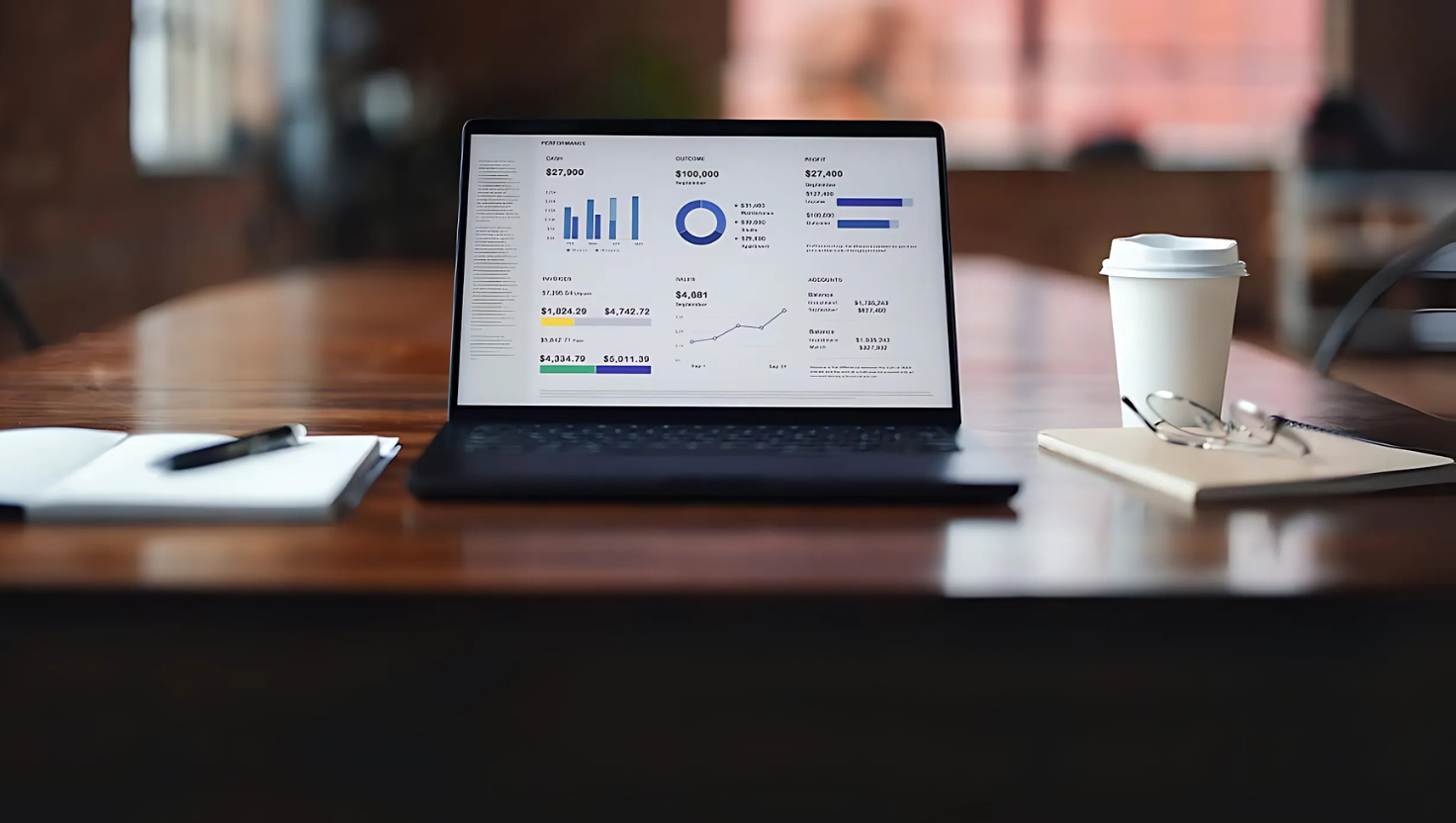Struggling with rising costs and low margins? Learn how Indian restaurant owners can control food wastage, streamline operations, and boost profits with smarter financial strategies.
Introduction
Controlling food wastage and boosting profit margins isn’t just about cutting corners-it’s about running a restaurant like a well-oiled business. For Indian restaurant owners especially, rising ingredient costs, staffing issues, and operational inefficiencies can make it challenging to stay profitable.
But here’s the truth: most restaurants don’t lose profits because of low sales-they lose them due to poor control over wastage and invisible leakages in daily operations.
Let’s break down where wastage really happens-and what systems you can put in place to stop the financial drain.
1. Standardize Your Recipes and Portions
Inconsistent portion sizes are one of the biggest contributors to both food wastage and inaccurate pricing.
What to do:
• Use digital kitchen scales and pre-portioned prep containers.
• Create detailed recipe cards with precise ingredient quantities.
• Train kitchen staff to follow plating and portion guidelines strictly.
Even a 10% reduction in serving size (without affecting quality) can improve your food cost percentage significantly.
2. Conduct Weekly Inventory Audits
Inventory sitting on shelves or going bad in cold storage equals locked cash. Worse, expiryrelated wastage often goes unrecorded.
What to do:
• Implement a First In, First Out (FIFO) inventory system.
• Conduct weekly physical stock counts, not just monthly.
• Track variance reports to compare recorded usage vs actual usage.
Knowing what’s being used, lost, or wasted is the first step to gaining financial control.
3. Train Staff to Prevent Operational Waste
Poorly trained staff can lead to careless handling of ingredients, overcooking, or even customer service issues that cause order returns.
What to do:
• Train staff on prep efficiency and waste awareness.
• Monitor prep-to-yield ratios regularly.
• Introduce a wastage logbook to record mistakes and learn from them
Every gram wasted adds up over time. Empowering your team to care about waste will directly impact your margins.
4.Monitor Utility Consumption
Electricity, gas, and water are critical restaurant costs-but often unmanaged. Running idle appliances or inefficient cooking methods adds up in your utility bills.
What to do:
• Schedule periodic equipment maintenance to improve energy efficiency.
• Track power and gas usage per outlet and compare trends.
• Encourage staff to power down unused equipment during slow hours.
Small adjustments in daily operations can bring noticeable cost reductions month after month.
5.Set Up Real-Time Cost Tracking
You can’t fix what you don’t measure. Without real-time insights into food cost, staff cost, and overheads, it’s easy to overspend.
What to do:
• Use software or spreadsheets to track daily purchases, sales, and usage.
• Create daily profit and loss summaries to monitor key ratios.
• Review cost vs selling price margins weekly-not monthly.
A restaurant that knows its numbers on a daily basis is in a far stronger position to make proactive decisions.
6. Control Online Delivery Commissions
High commissions from food delivery apps (Swiggy, Zomato, etc.) can eat into your margins-especially if you don’t have visibility into deductions and taxes
What to do:
• Reconcile payouts weekly.
• Track commissions, TCS, and service charges per platform.
• Adjust menu pricing for online vs dine-in orders if needed.
Transparency in delivery revenue ensures you’re not blindly losing money on your most visible sales channel.
7. Plan Maintenance and Asset Lifespan
Emergency repairs of kitchen equipment or sudden breakdowns can lead to revenue loss and unexpected expenses.
What to do:
• Maintain a preventive maintenance calendar.
• Keep records of equipment warranties and service schedules.
• Budget annually for capital expenditure on upgrades or replacements
A little foresight in maintenance helps avoid major disruptions in service and cash flow.
Final Thoughts
Improving restaurant profitability isn’t about drastic changes-it’s about making small, smart adjustments consistently. When you reduce operational wastage, implement cost controls, and build financial visibility into daily operations, profit margins naturally
improve.
Restaurants that succeed in 2025 will be the ones that combine great food with great financial discipline.
About Paperwork e-Accounting
At Paperwork e-Accounting, we simplify finances for restaurants. Our DMS automates documents, tracks performance, and keeps you compliant-so you can focus on food, not files.



